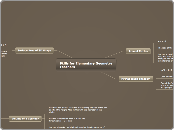jonka Maggie Penn 12 vuotta sitten
50036
Skills for Elementary Geometry Teachers
Understanding the principles of volume and surface area is essential in elementary geometry. To measure the volume of a cylinder, one can use base ten blocks to determine the height and diameter, employing formulas like the area of a circle (









